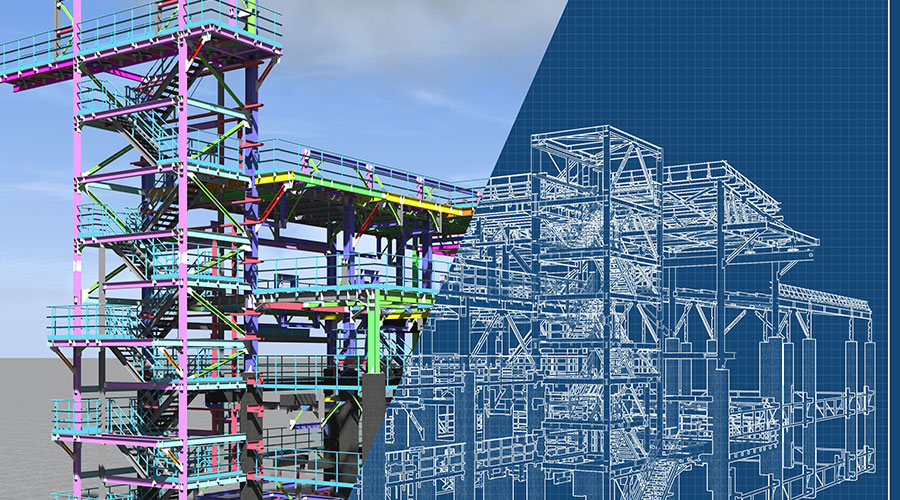Strategies for Making the Case To Invest in a CMMS Change
Once a manager has decided to make a CMMS change, the next stage is justify the investment in such a project.
The first step is to carefully review the audit results, which will show the deficiencies of the current system and the current department needs. Managers can build the case for change based on potential future savings if the department had an appropriate CMMS that supported a specific need.
Consider a department with a CMMS that does not support mobile technology. The manager has discovered that technicians capture most maintenance date on paper. The manager also has determined that moving to a paperless work-order system using handheld devices could save the department a significant amount of money and provide more accurate data.
Or, the current system does not support links, so CMMS users sending reports cannot attach PDFs, scans, CAD drawings, Word or Excel documents, and audio and video files. Instead, they spend a great deal of time filing these documents separately and then cannot find them when they need them. In this case, a new or upgraded CMMS can save the department a significant amount of money.
Or, the current system might not integrate effectively with other applications. For example, the department needs to integrate the CMMS to organization's purchase-order system. Without this link, the work-order process is incomplete, leading to limited amounts of essential data and uninformed decisions.
One important element of the justification process in any of these scenarios is to speak the language upper management understands. Instead of presenting benefits in terms of minimizing downtime or breakdowns, managers must talk dollars and cents to succeed.
They must present facts clearly showing that an investment in a CMMS optimization, upgrade, or replacement will make a difference in the organization's bottom line — that it will increase asset reliability, which in turn will increase productivity and, as a result, profits.
The third generation of CMMS technology is on the market. To take full advantage of available technology advances, it is essential that managers audit their CMMS annually. The audit will indicate shortcomings of the current system and identify CMMS requirements the can deliver tangible benefits. Based on a thorough, strategic analysis, managers will be able justify a change to the system, and the department and the organization will reap the rewards.
Kris Bagadia is president of PEAK Industrial Solutions, a CMMS consulting firm in Brookfield, Wis.
Related Topics:













